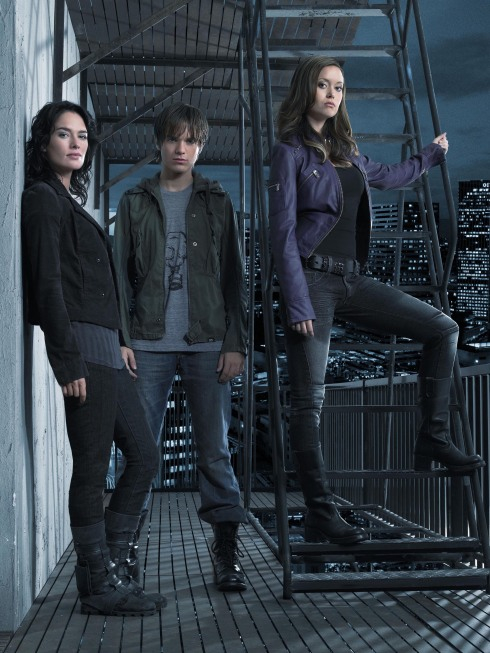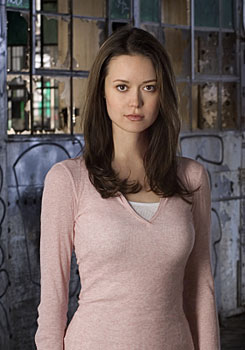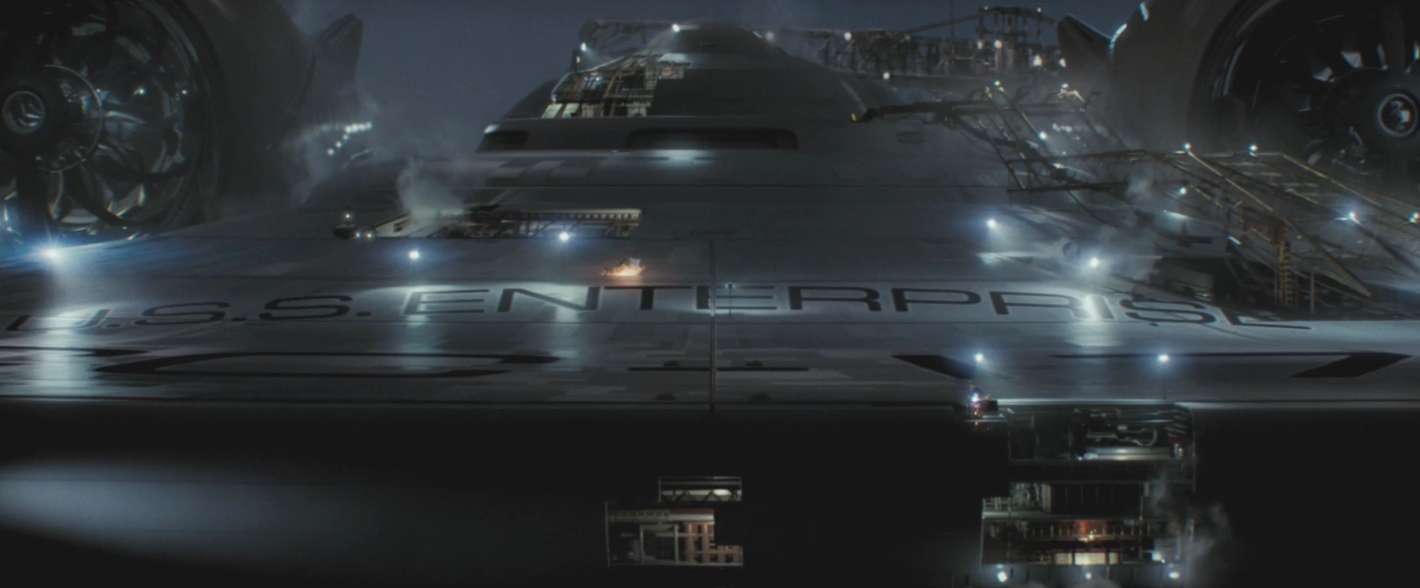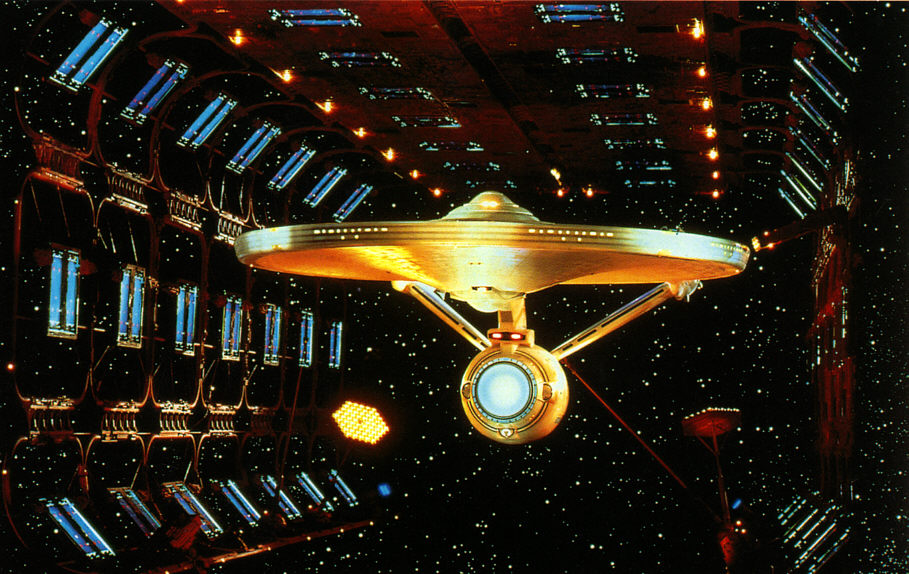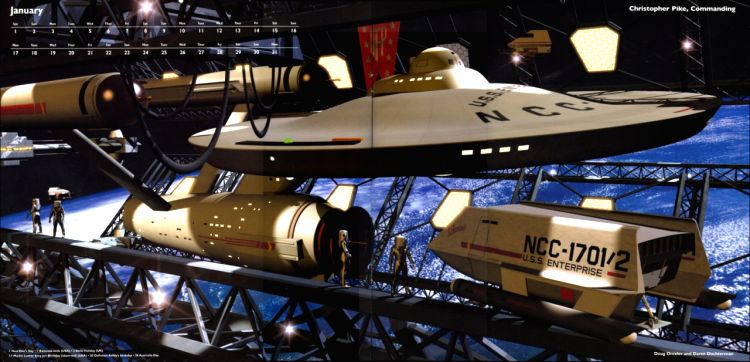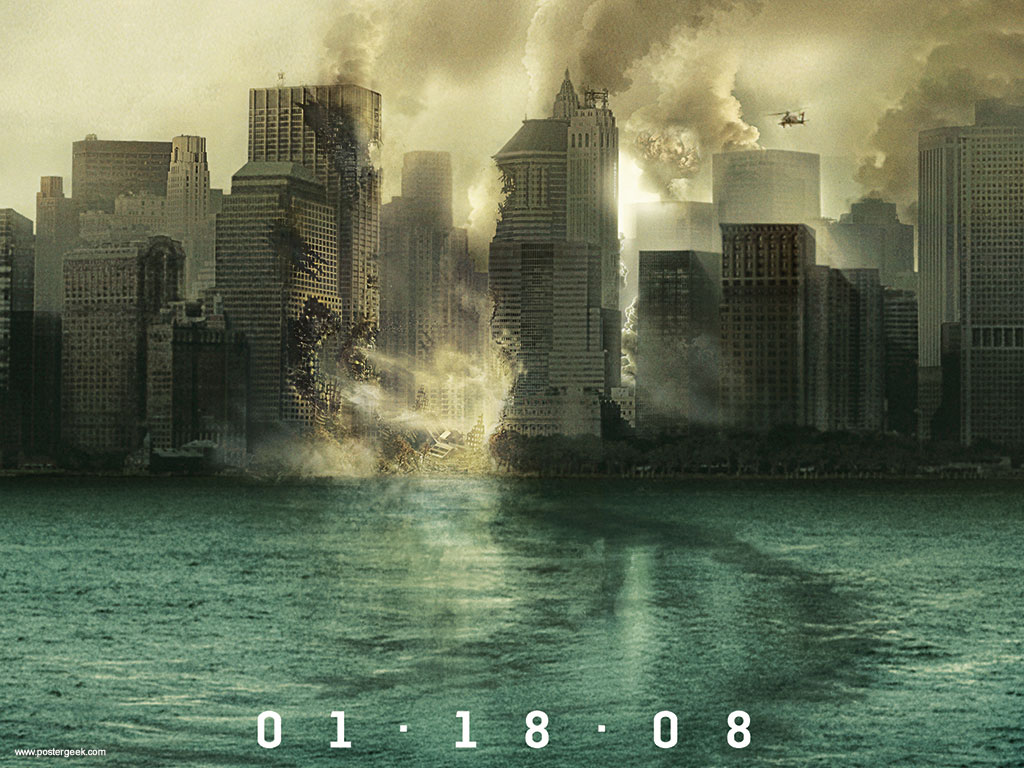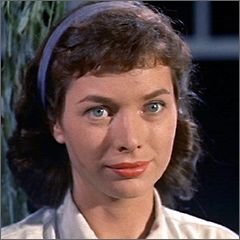Last week I had the honor of being featured in an article for Swarthmore’s student newspaper, the Phoenix, entitled “Swat Professors Log In.” Along with my colleague Tim Burke, whose Easily Distracted is one of the cooler blogs out there (and a key inspiration to me in starting Graphic Engine), the article focuses on professors who maintain academic but personal blogs, how they view their online publishing, and what issues arise when students encounter a professor in the blogosophere.
The latter topic surprised me a little; it hadn’t previously dawned on me that it might be a little, well, weird to come across a blog written by one of your teachers, just as it might feel odd to cross their path in some real-life situation well outside the familiar forum of the classroom. (In the immortal words of Tina Fey’s Mean Girls, catching your teacher shopping at the mall is “like seeing a dog walk on its hind legs.”) Although I value easygoing spontaneity in my teaching and consider myself fairly approachable as an authority figure, the truth is that instructional interactions are of necessity highly structured and scripted. There’s comfort for all of us in knowing what roles to expect in the classroom — I stand here, behind the lectern, you sit there, taking notes — and blogs, by their very in-between nature, complicate those expectations.
The tension between private, public, and professional spheres for the educator is particularly heightened in Web 2.0 environments, where the desire to take part in social networking (especially if you presume to teach about such phenomena, or use them as pedagogical tools) must be weighed against the risk of revealing too much information about yourself. When I first set up a Facebook account, I listed my political preference; now I simply leave that line blank. I’d rather err on the side of neutrality than risk students feeling awkward about expressing a viewpoint which they worry will conflict with my own. On the other hand, that concern didn’t stop me from posting a caustic comparison of George W. Bush and Britney Spears some months back, and I imagine the coming year’s presidential campaign will offer similar temptations toward TMI.
In any case, since the Phoenix chose not to use all of my answers — and with good reason; as readers of this blog are aware, I’m sort of long-winded — I thought I’d post the full text of my email interview (with reporter Liana Katz) here. It goes into more detail on the points I’ve touched on, as well as giving credit where credit is due to folks like Temple’s Chris Cagle, who provided the great phrase “diaristic sketchpad” to describe the function of blogs for academics who like to think out loud.
> 1. When did you start blogging?
My first post was on July 26, 2007, so I’ve been doing this for about six
months now.
> 2. What motivated you to start a blog? What literary/vocal platform did a
> blog offer that you did not have before?
I held off on blogging for a long time, though a few friends encouraged me
to try my hand at it. I was posting long-winded mini-essays to the various
discussion groups and email lists I frequent (mostly academic stuff
involving videogame research), and once in a while someone would
essentially say, “Dude, seems like you want your own soapbox to stand on
…”
More seriously, I began reading a number of academic and media-oriented
blogs after taking part in the Media In Transition conference at MIT in
April 2007. Along with my Swarthmore colleague Tim Burke’s excellent blog
Easily Distracted, these inspired me to throw my hat in the ring.
In terms of the platform that blogging offers, I’m still figuring that
out; I believe everyone responds differently to the opportunities and
challenges such a space presents. My friend Chris Cagle, a professor at
Temple, describes his blog (Category D) as a “diaristic sketchpad,” which
I think is perfect. Graphic Engine is certainly personal in tone, and I
feel free to indulge there my likes and dislikes, fannish excitement and
grouchy kvetching. But it’s also a sketchpad for roughing out ideas and
arguments — about media, culture, and technology — any of which I might
later develop into full-fledged essays. Finally, the ability to get
feedback in the form of comments from interested and intelligent readers
is invaluable!
> 3. After reading some of your entries, it seemed to me like you maintain a
> serious but personal tone. Are your writing and teaching styles comparable
> or does having a blog allow you to address subjects in a different way
> than
> you would in the classroom?
I always keep in mind that, as a professional whose work involves public
performance (in teaching) and the building of strong collegial
relationships, I need to observe a certain decorum in my tone and
sensibility in my choice of topics. While I love and celebrate the freedom
of expression that blogging allows, it would be foolhardy of me to
intentionally say things that might offend or upset friends, colleagues,
or students. To some extent, these same codes govern the way I teach and
interact in “real life.” At the same time, however, the blog allows me to
argue (and sometimes rant) to a degree that I wouldn’t in RL. I guess my
operating assumption is that people can choose — or not — to read what I
write at Graphic Engine, while in the classroom, students are sort of
trapped with me. So I try not to abuse the privilege of their patience and
attention.
> 4. Who reads your blog and has this readership changed over time? In
> particular, have more students started to read it?
I’ve had one student post a comment (which made me very happy), and a few
others have mentioned they read it. For the most part, though, the people
who post are either friends or other academics (or both). This doesn’t
seem to have changed much over time. I lack hard numbers on who’s visiting
and reading, but it does gratify me when someone links to one of my posts,
or reviews the blog overall, as Henry Jenkins at MIT did back in August.
> 5. Have you told your students about your blog or have they stumbled
> across
> it on their own?
There’s a link to Graphic Engine on my faculty profile, and of course it
comes up in a Google search for Bob Rehak (yes, I confess to being a
self-Googler). Other than that, I don’t trumpet the blog’s existence to
students; it’s not mentioned on my syllabi or in my email sig file.
> 6. Have you ever had a discussion with a student (in or outside of the
> classroom) about something that you wrote on your blog?
No specific memories here, though I’m sure it’s come up in casual
conversation (e.g. “You play Halo 3? I just wrote about that game on my
blog!”). More often, I think, I’ll mention something I read on someone
else’s blog. As I said earlier, I have had one student post, taking me
quite knowledgably to task on one of my assertions, which I really enjoyed
— college, perhaps Swarthmore in particular, is a place to develop your
voice and hone critical thinking skills, so I’m always happy when I can
exchange ideas with someone.
> 7. In your opinion, what purpose do blogs serve for students and
> professor?
We haven’t addressed the use of blogs as a component of coursework,
something I’ve experimented with (and will do so again this term in Fan
Culture, FMST 85). In that forum, blogs are a great way of encouraging
collective conversation on course topics outside the classroom, as well as
in getting students to pool knowledge and share resources. The ability to
post links to YouTube videos and news stories, for example, turned out to
be a great bonus in last spring’s course on TV and New Media (FMST 84).
> Do they help build a closer relationship or should professors’ blogs be
> considered outside the world of college academics?
I’m not quite sure what you mean, but I’d say that what’s interesting
about academic blogs is that they aren’t completely in one place or
another. They’re tools for sharing thoughts, sharing resources, and
disseminating information, but they’re also interlocutory and
conversational. Profession by profession, their uses differ greatly, even
if their underlying dynamics are consistent. I see Graphic Engine as an
academically-informed blog, but not only, or primarily, academic in
“function.” For this reason, it’s still up for grabs to what degree
blogging should be considered part of one’s professional development or
publications; those rules are still being hammered out. But I’m really
glad to be part of the adventure!

